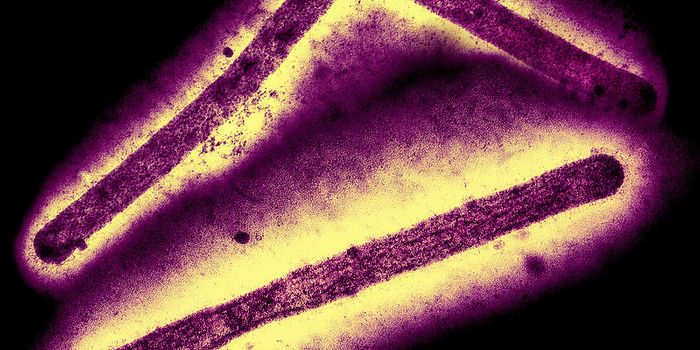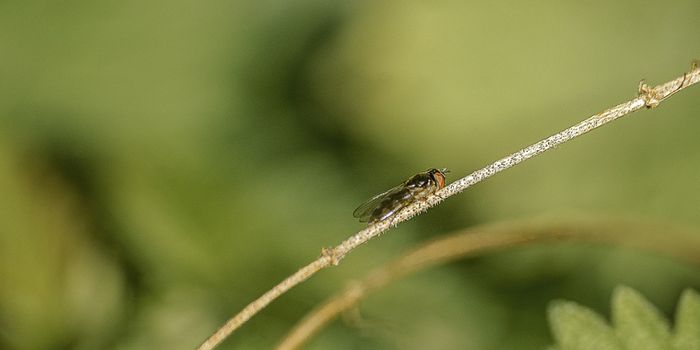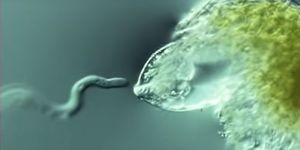Controlling CRISPR Rapidly With Light
Researchers have been working on ways to use light to control the gene-editing tool CRISPR for several years. Since it was created, the CRISPR tool has been used in many different ways by the research community to make targeted edits to the genomes of different species and cells. Recent advancements have even seen it used in patients. So how fast do the reagents cut the genome? Cells also have to protect their genetic material, so they have ways to detect and fix the cuts that are caused by CRISPR. How fast can the cell do that?
Scientists have now used light to stimulate the CRISPR gene editor, and they observed the cellular machinery as it repaired the edit that's made. The work, which has been reported in Science, has taught us more about DNA repair and could help us learn more about how this process influences aging and diseases like cancer. It's also shown that it's possible to make the genetic edit happen rapidly.
“Our new system of gene editing allows for targeted DNA cutting within seconds after activation. With previous technologies, gene editing could take much longer — even hours,” said study author and postdoctoral fellow Yang Liu, Ph.D.
Understanding how DNA is repaired has been difficult because damaging DNA is a rapid way that can be controlled is difficult, noted Liu. By modifying the CRISPR tools so that cuts are only made when they are exposed to a certain wavelength of light, it can be used 'on demand.'
“The advantage of our technique is that researchers can get the CRISPR machinery to find its target without prematurely cutting the gene, holding back its action until exposed to light,” said Johns Hopkins M.D.-Ph.D. candidate Roger Zou, another study author. “This allows researchers to have far more control over exactly where and when the DNA is cut,” he added.
In this study, the researchers exposed two different cell types to electricity, opening membrane channels so that the light-activated CRISPR tool could enter the cells. After waiting for twelve hours to ensure that the CRISPR reagents were bound to their genomic target, the scientists shined a specific wavelength of light on the cells. Within thirty seconds, the researchers found that the CRISPR had cut over half of its genomic targets. Repair then started within two minutes, and was finished as soon as fifteen minutes later.
“We have shown that light-activated gene cutting is very fast, and it has potentially wide applications in biomedical research,” said Ha. “Revealing the timing of CRISPR gene cuts allows us to see biological processes far more precisely.”
Light activation is also more precise than using drugs that are diffused throughout the cell, Ha added.
The team also determined that by focusing the light beam, they could ensure that only one of the two gene copies in the genome was cut, which could have huge significance for generic diseases that only involve one aberrant copy.
DNA damage is typically studied by doing general, nonspecific damage to the genome with ionizing radiation or drugs. This work could add specificity to those studies. “There is a big research community interested in studying DNA damage and its impact,” said Ha. “The technology we developed is well suited to study that.”
Sources: Science Daily via Johns Hopkins University, Science








